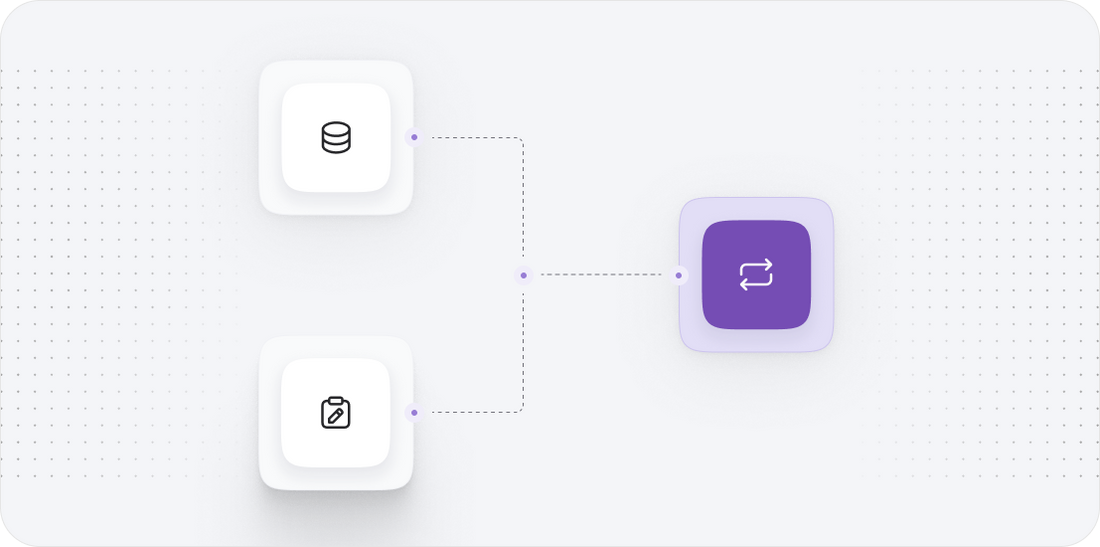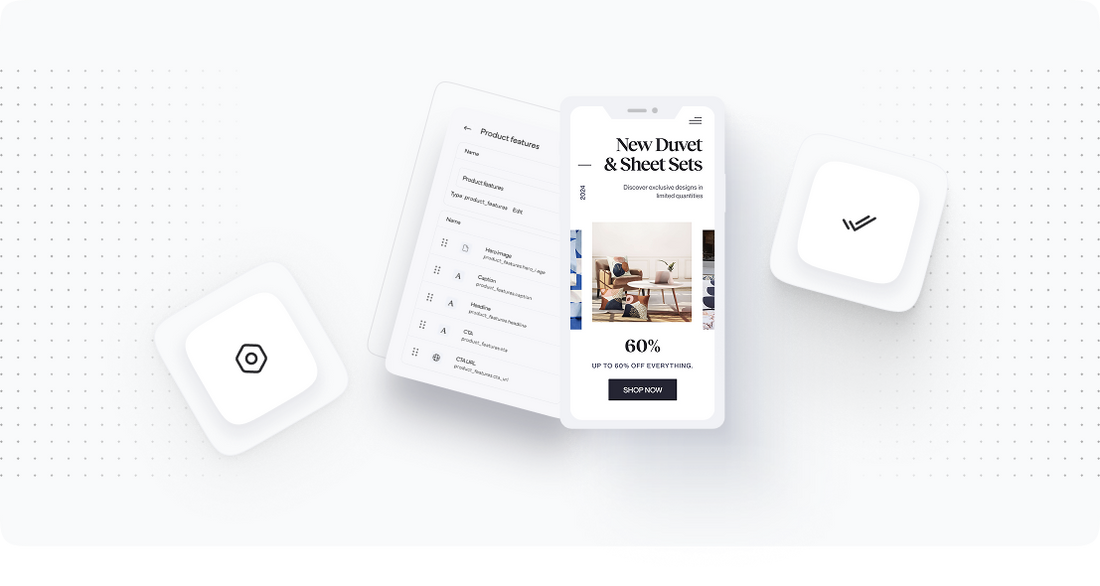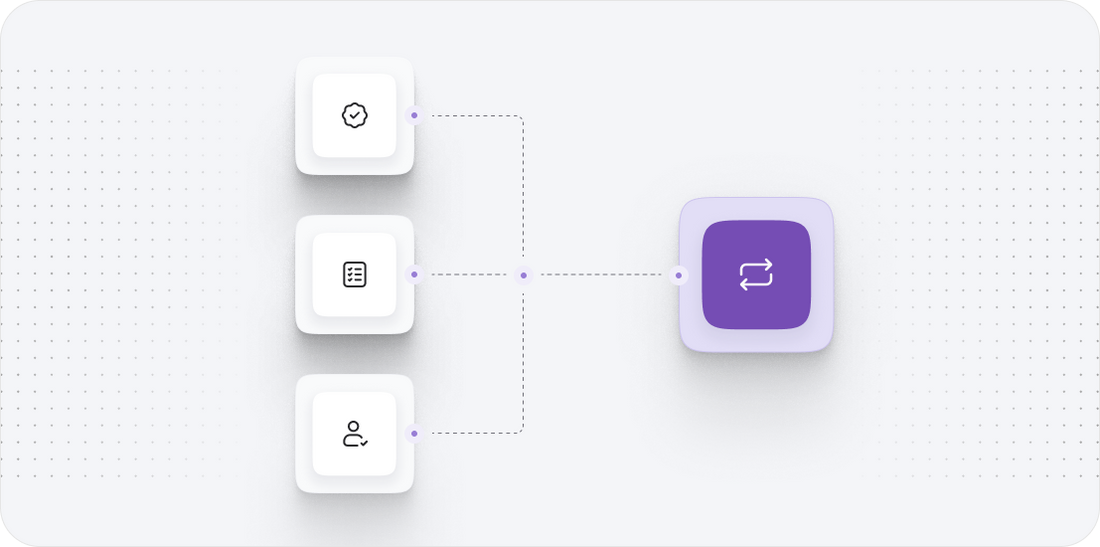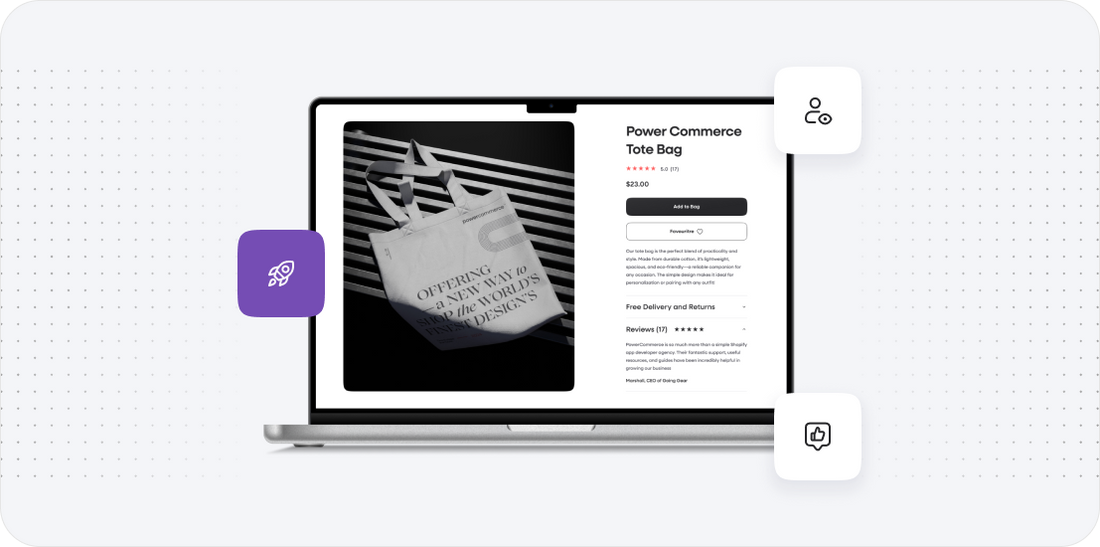





Sap commerce cloud to Shopify
Migrating your store from Sap commerce cloud to Shopify might seem daunting, but with proper planning and the right tools, it's a smooth process. Follow this step-by-step guide to ensure a successful transition.
Schedule a call
Step-by-Step Migration Guide: SAP Commerce Cloud to Shopify migration guide
Step 1: Assess Your Current Setup
In this step, we will evaluate the current SAP Commerce Cloud setup to identify all the components that need to be migrated, ensuring a smooth transition to Shopify.
Step 2: Choose a Migration Method
Next, we will explore the different methods available for migrating from SAP Commerce Cloud to Shopify, assessing their pros and cons.
Step 3: Prepare Your Shopify Store
In this step, we will set up your Shopify store to ensure it is ready to receive the data migrated from SAP Commerce Cloud.
Step 4: Data Migration Execution
Now, we will execute the data migration process, transferring your data from SAP Commerce Cloud to Shopify using the chosen method.
Step 5: Testing and Quality Assurance
In this step, we will conduct thorough testing to ensure that everything is functioning correctly in your new Shopify store after migration.
Step 6: Launch Your Shopify Store
After thorough testing, we will prepare to launch your new Shopify store, finalizing settings and ensuring everything is in place.
Step 7: Post-Migration Support and Optimization
After launching, we will focus on post-migration support and ongoing optimization to enhance performance and customer experience.
Power Your Step - Get in Touch
Contact PowerCommerce to leverage our expertise in ecommerce migrations and ensure a smooth transition.
Step 1: Assess Your Current Setup
Before initiating the migration process from SAP Commerce Cloud to Shopify, it is crucial to perform a thorough assessment of your current eCommerce setup. This involves understanding the various components that are integral to your existing system, such as product catalogs, customer data, order history, and any custom functionalities that may have been implemented.
The objective of this assessment is to create a comprehensive inventory of all your assets that need to be migrated to Shopify. This step is essential as it helps to identify potential challenges and allows for a more strategic approach to the migration, ensuring that no critical elements are overlooked.
- Identify Data Types: Start by categorizing the data types you have in your SAP Commerce Cloud instance:
- Products
- Customers
- Orders
- Customer reviews and ratings
- Promotions and discounts
- Content pages (blogs, FAQs)
- Evaluate Custom Features: Document any custom features or third-party integrations that are currently in use. This may include:
- Custom plugins or extensions
- Integrations with payment gateways or shipping providers
- Unique themes or customizations
- Backup Current Data: Ensure that you have a complete backup of your SAP Commerce Cloud data. This includes:
- Database backups
- Media files (images, videos)
- Configuration files
By completing this step, you will set a solid foundation for a successful migration to Shopify, minimizing disruptions and ensuring that all essential data is accounted for.

Step 2: Choose a Migration Method
Choosing the right migration method is critical to ensuring a smooth transition from SAP Commerce Cloud to Shopify. Several methods are available, each with its advantages and challenges. Understanding these options will help you select the best approach based on your specific needs, budget, and technical expertise.
We typically consider three primary migration methods:
- Manual Migration: This involves exporting data from SAP Commerce Cloud and manually importing it into Shopify. While this method offers complete control over the migration process, it can be time-consuming and prone to errors if not executed carefully.
- Automated Migration Tools: Tools like Cart2Cart or LitExtension can streamline the migration process by automating data transfers. These tools often provide a user-friendly interface and can handle large volumes of data efficiently, reducing the risk of human error.
- Professional Migration Services: Engaging a professional migration service like PowerCommerce allows for a hassle-free migration experience. Our team has extensive expertise in platform migrations, ensuring that all data is transferred accurately and efficiently, minimizing downtime.
When selecting a migration method, consider factors such as:
- Your budget for the migration process
- The complexity of your current setup
- Your internal team's technical capabilities
- The volume of data that needs to be migrated
After evaluating these aspects, we can choose the most suitable migration method that aligns with your business goals and technical requirements.

Step 3: Prepare Your Shopify Store
Once you have selected your migration method, the next step is to prepare your Shopify store for the incoming data. This involves setting up essential elements such as your store theme, payment gateways, and any necessary apps or integrations. A well-prepared Shopify store will facilitate a seamless transition and enhance your overall eCommerce experience.
Here’s how to prepare your Shopify store:
- Select a Theme: Choose a responsive theme that aligns with your brand identity. Shopify offers a wide range of themes, both free and paid. Consider the following:
- Ensure the theme is mobile-responsive.
- Customization options should be available to match your branding.
- Check for compatibility with any apps you plan to use.
- Configure Payment Gateways: Set up your payment processing options to ensure you can accept payments seamlessly. Some key payment gateways include:
- Shopify Payments
- PayPal
- Stripe
- Authorize.Net
- Install Essential Apps: Depending on your business needs, consider installing apps for:
- Inventory management
- Email marketing
- SEO optimization
- Customer support
- Set Up Shipping Options: Configure your shipping settings, including rates and regions served. This setup should align with what you offered on SAP Commerce Cloud.
By completing these preparations, we ensure that our Shopify store is fully equipped to handle the migrated data and deliver an exceptional shopping experience to our customers.

Step 4: Data Migration Execution
Having assessed your current setup and prepared your Shopify store, we are now ready to execute the actual data migration. This step involves transferring your data from SAP Commerce Cloud to Shopify, ensuring that all critical information is accurately migrated without any loss.
The execution process will vary based on the migration method chosen:
- Manual Migration: If opting for manual migration, follow these steps:
- Export data from SAP Commerce Cloud in CSV or XML format. Focus on key data types such as products, customers, and orders.
- Log into your Shopify admin panel and navigate to the 'Import' section.
- Upload your CSV files and map the fields appropriately to ensure data aligns correctly with Shopify’s structure.
- Review and confirm the import process, and monitor for any errors that may arise during data import.
- Automated Migration Tools: If using a migration tool, follow these steps:
- Set up the migration tool by connecting your SAP Commerce Cloud account and selecting the data types to migrate.
- Configure the mapping according to Shopify’s requirements.
- Start the migration process and monitor the progress through the tool’s dashboard to ensure the data transfer is executed correctly.
- Professional Migration Services: If you are using PowerCommerce’s professional migration services, our team will handle all aspects of the migration:
- We will perform a comprehensive data audit before migration.
- Our team will execute the data transfer, ensuring all data integrity checks are in place.
- Post-migration, we will provide a detailed report on the migration process, including any issues encountered and resolved.
Post-migration, it is essential to validate that all data has been accurately transferred and is functioning as expected within the Shopify environment. Conduct thorough checks on products, orders, and customer data to ensure accuracy.

Step 5: Testing and Quality Assurance
Once the migration process is complete, the next critical step is to conduct thorough testing and quality assurance to ensure that everything is functioning correctly in your new Shopify store. This step is vital to identify any issues that may have arisen during the migration and to confirm that your store is ready for customer interactions.
Testing should cover various aspects of your Shopify store, including:
- Data Integrity: Verify that all data has been accurately migrated. This includes:
- Checking product information (titles, descriptions, prices, images)
- Confirming customer data (names, email addresses, order history)
- Ensuring order information is intact
- Functionality Testing: Test all functionalities of the store to ensure they work as expected. This includes:
- Payment processing (test transactions to ensure successful payments)
- Shipping calculations and options
- Customer account logins and registrations
- Performance Testing: Evaluate the performance of your Shopify store, focusing on:
- Page load speeds
- Mobile responsiveness
- Overall user experience
After completing tests, document any issues encountered and resolve them promptly. This ensures your Shopify store is fully functional and ready for your customers before launching.

Step 6: Launch Your Shopify Store
With successful testing completed and all issues resolved, we are now ready to launch our new Shopify store. This step involves finalizing settings, ensuring everything is in place, and making your store live for customers.
Here’s how to prepare for launch:
- Finalize Store Settings: Review and finalize your Shopify store settings, including:
- Payment gateways are fully configured and operational.
- Shipping rates are set and reflect your business model.
- Tax settings are accurate based on your business location.
- Set Up Domain: If you have a custom domain, ensure it is linked to your new Shopify store. This includes:
- Updating DNS settings to point to Shopify.
- Verifying domain ownership through Shopify’s admin panel.
- Marketing and SEO Readiness: Prepare your store for launch by ensuring:
- SEO settings are optimized, including meta titles, descriptions, and URL structures.
- Marketing strategies are in place, such as email campaigns or social media announcements.
Once all preparations are complete, we can officially launch the Shopify store. Monitor the store closely after launch to address any immediate issues that may arise and to ensure a smooth transition for your customers.

Step 7: Post-Migration Support and Optimization
After successfully launching your Shopify store, ongoing support and optimization become crucial to ensure the long-term success of your eCommerce operations. This step involves monitoring the store's performance, addressing any issues that arise, and continuously optimizing the customer experience.
Key areas to focus on include:
- Monitoring Store Performance: Regularly review analytics to assess:
- Traffic sources and visitor behavior
- Sales performance and conversion rates
- Customer engagement metrics
- Addressing Issues: Be proactive in resolving any customer issues or technical difficulties. This includes:
- Responding to customer inquiries promptly
- Fixing any bugs or errors in the store
- Implementing necessary updates or changes based on feedback
- Continuous Optimization: Use insights from analytics to make informed decisions about:
- Improving website navigation and layout
- Enhancing product descriptions and images
- Implementing new marketing strategies to boost traffic and sales
By focusing on post-migration support and optimization, we ensure that your Shopify store not only meets but exceeds customer expectations, driving growth and engagement in the long run.

Power Your Step - Get in Touch
Are you ready to take your eCommerce business to the next level? At PowerCommerce, we specialize in seamless migrations from SAP Commerce Cloud to Shopify, ensuring that your transition is smooth and efficient. Our team of experts is dedicated to providing you with the best support throughout the migration process and beyond.
Don’t let the complexities of migration hold you back. Contact us today to discuss your migration needs and explore how we can help you achieve your eCommerce goals. Here’s how to get in touch:
- Visit our contact form to submit your information.
- Call us directly at 800-099-9090.
- Email us at info@powercommerce.com for any inquiries.
Join us at PowerCommerce and experience our commitment to innovation, customer-centric solutions, and integrity in every project. We look forward to partnering with you!
Stay aligned on what's happening in the commerce world
Trusted by 1000+ innovative companies worldwide
Schedule Your Migration Today
For businesses prioritizing simplicity, scalability, and robust support, Shopify is the clear winner.
Looking to migrate without hassle? Power Commerce can handle the entire process, ensuring smooth data transfer, store setup, and post-launch success.
Marka Marulića 2, Sarajevo, 71000 BiH
00387 60 345 5801
info@powercommerce.com


